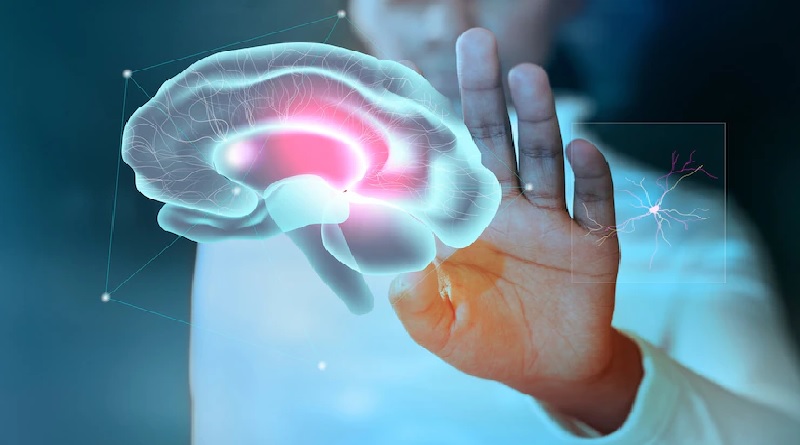- GE Healthcare introduces wireless patient monitoring solution that helps healthcare professionals identify worsening patient health early
- Continuous monitoring with wearable sensors on general hospital wards can help detect patient deterioration earlier than traditional sampling methods and help clinicians improve patient outcomes
- Wireless monitoring allows for earlier patient mobilization, an important indicator of recovery, especially after surgeries
- This innovative technology was developed at GE Healthcare’s global center of excellence for monitoring solutions in Helsinki, Finland.
GE Healthcare offers Portrait Mobile, a wireless patient monitoring device that provides continuous monitoring throughout a patient’s life cycle and whole stay. Most hospitals around the world presently rely on manual “sampling” to monitor patients’ vital signs. The technique assists clinicians in detecting deteriorating patient situations. Early diagnosis of patient deterioration can assist cut down on hospital stays and ICU admissions while also improving patient outcomes. Patients wear sensors that connect with a mobile monitor in Portrait Mobile.
Approximately 65 percent of hospitalised patients and over 90 percent of post-acute patients are manually monitored rather than continually monitored globally. With sampling, which occurs every four to six hours, many changes in vital signs are overlooked. A national investigation of adult cardiac arrests in hospitals in the United Kingdom found that more than half (57%) happened on the wards, with only 5% occurring in the critical care unit, where patients are constantly watched. The majority of patients who suffer cardiac arrest or require critical care do not worsen rapidly, but instead exhibit aberrant trends in vital signs early on. The most important indicator of clinical worsening in the hospital is respiratory rate.
For general ward and post-operative patients, Portrait Mobile can collect respiration rate, oxygen saturation, and pulse rate remotely and constantly. This breakthrough allows caretakers to spot alterations that could suggest the onset of cardiorespiratory or infectious disorders. This allows doctors to intervene early and prevent possibly fatal side effects.
“In a clinical evaluation study conducted in a London hospital in the United Kingdom, 90% of nurses claimed that continuous monitoring gave them more confidence in their patients’ condition than spot checks of vital signs”, “In a mobile setting, Portrait Mobile provides trustworthy measurement technologies and meaningful alarms.”
Erno Muuranto, Engineering Director at GE Healthcare in Finland
Portrait Mobile’s continuous wireless monitoring allows patients to wander freely throughout the hospital, not simply at their bedside. Technology does not interfere with visitors’ interactions with the patient. Furthermore, the solution provides patients and their families with the assurance that monitoring is continuous, even when the patient is not in their room. Patient mobility can assist improve patient outcomes and shorten hospital stays, lowering costs and raising satisfaction.






